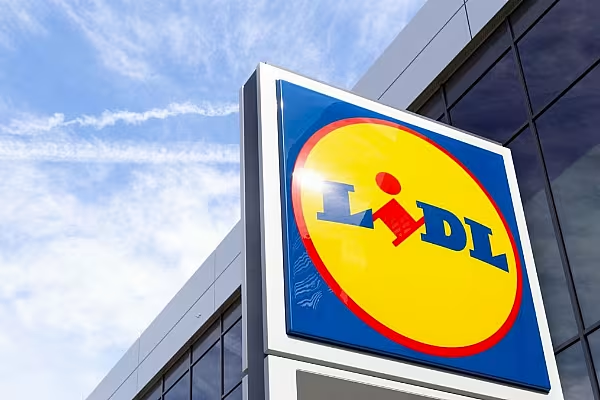Household spending climbed in May by the most in almost six years, buoyed by gains in incomes as the US job market strengthened.
Purchases increased 0.9 per cent, the biggest gain since August 2009, after rising 0.1 per cent in April, Commerce Department figures showed Thursday in Washington. The median forecast of 75 economists in a Bloomberg survey called for a 0.7 per cent advance. Incomes rose 0.5 per cent for a second month.
Consumers may finally be putting savings from lower gas prices to work after holding back earlier this year. Higher stock and home prices that are lifting household wealth, in addition to increases in employment, may help Americans feel secure enough to boost spending.
“You have all these indicators pointing to stronger labor market dynamics, and at the same time you have stronger wage growth,” Gregory Daco, head of US macroeconomics at Oxford Economics USA Inc. in New York, said before the report. “We are expecting consumer spending to accelerate quite sharply in the coming quarters.”
Another report showed the number of applications for unemployment insurance benefits held below 300,000, a level typically consistent with a strong labour market, for a 16th consecutive week. Jobless claims rose by 3,000 to 271,000 in the week ended June 20, according to figures from the Labour Department.
Projections for consumer spending in the Bloomberg survey ranged from gains of 0.3 per cent to 1 per cent. The previous month’s reading was revised up after being initially reported as little changed.
The Bloomberg survey median called for incomes to rise 0.5 per cent. April’s income reading was revised up from a previously reported 0.4 per cent increase.
The report showed the price index tied to consumer spending increased 0.3 per cent in May from the prior month. It rose 0.2 per cent from May 2014. This inflation measure is preferred by Fed policy makers and hasn’t met their two percent target since April 2012.
Stripping out the volatile food and energy components, the price measure increased 0.1 percent from the month before and climbed 1.2 per cent in the 12 months ended May.
Inflation will “move gradually back” toward the Fed’s goal as the impact of lower prices of energy and imported goods fades, Fed Chair Janet Yellen said in a press conference last week at the end of a two-day policy meeting. “The committee continues to judge that the first increase in the federal funds rate will be appropriate when it has seen further improvement in the labor market and is reasonably confident that inflation will move back to its 2 percent objective over the medium-term.”
News by Bloomberg, edited by ESM














